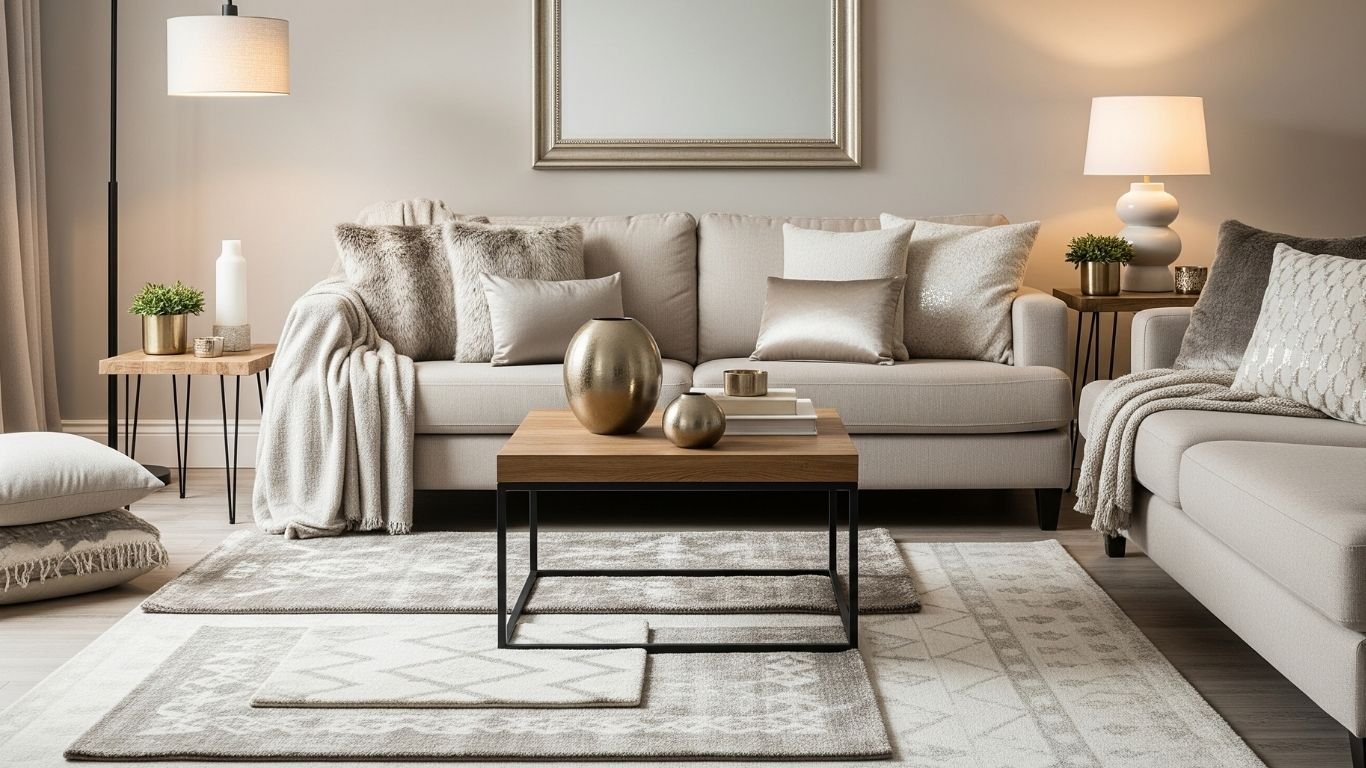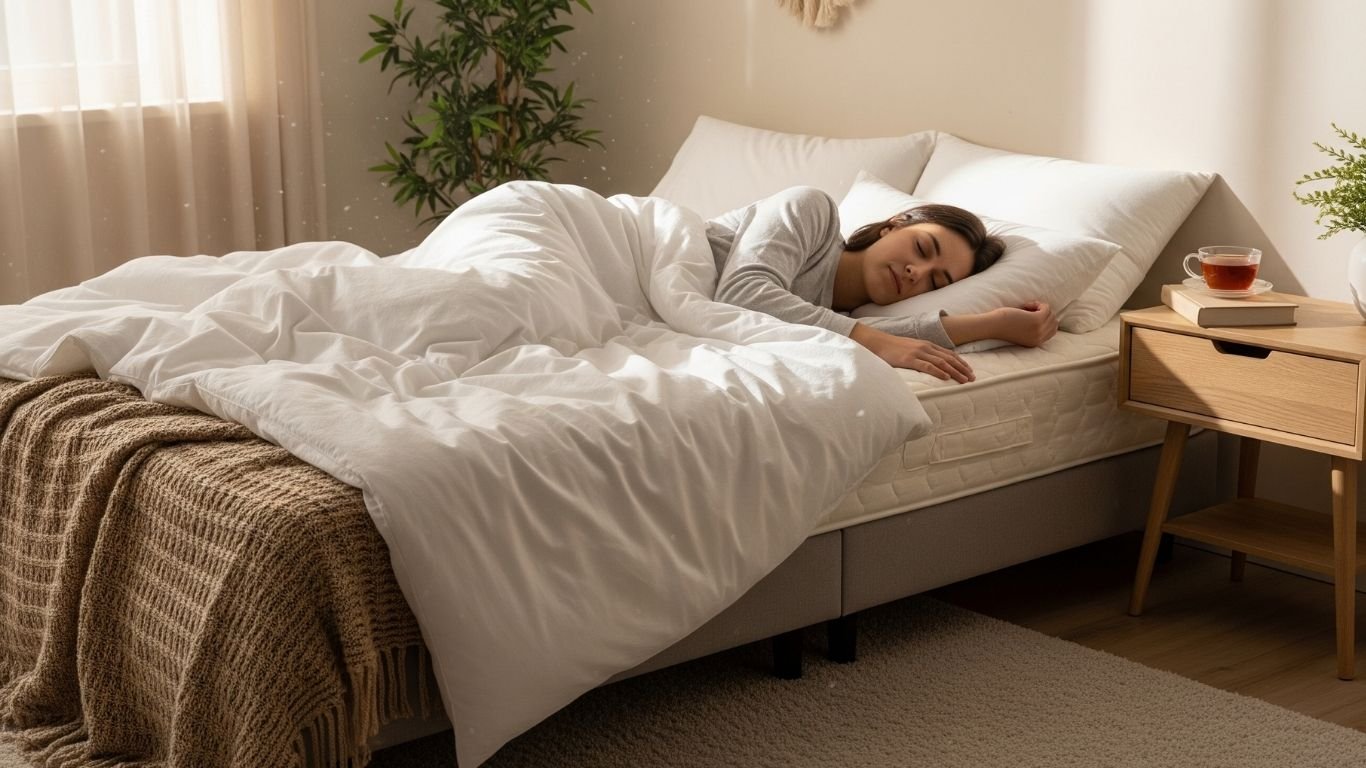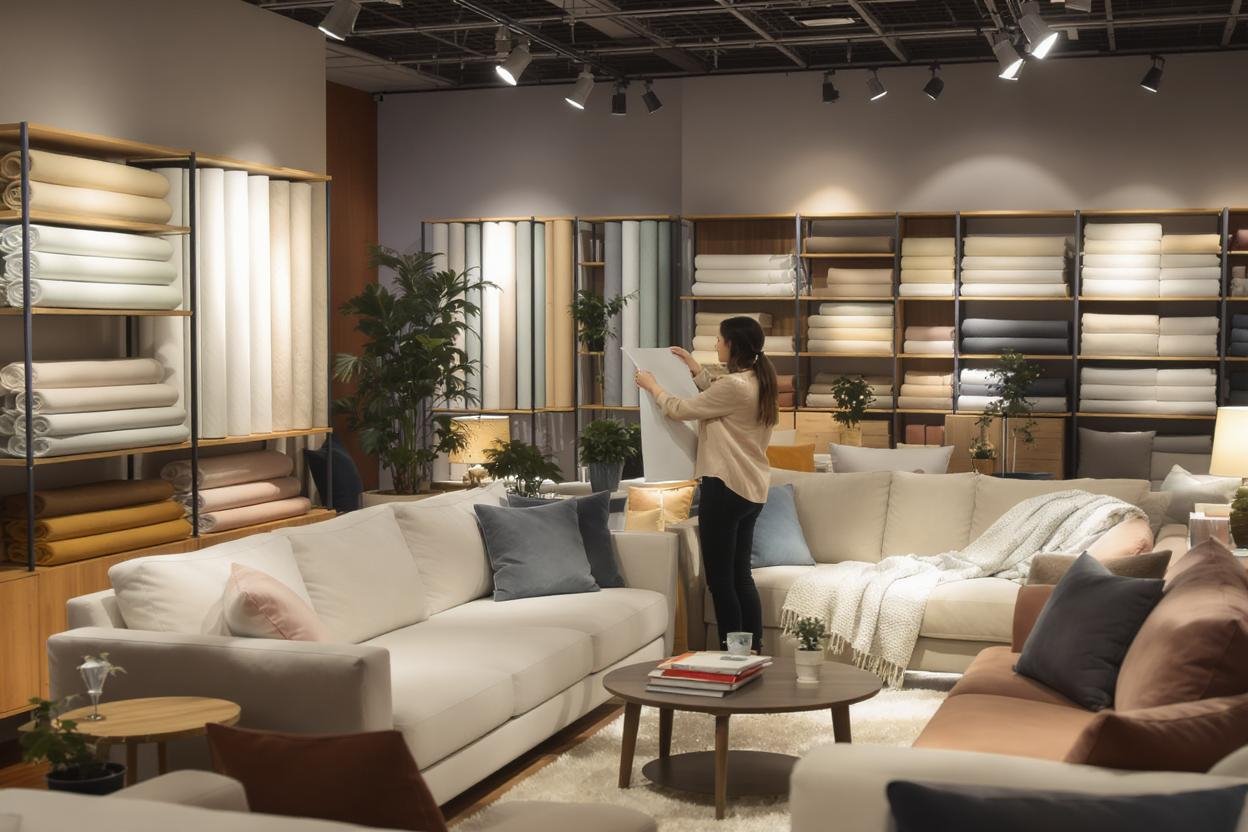Inlite Blog
- Furniture
- Trending

September 4, 2025
by Chinmay2123
How Can Minimalist Furniture Transform Your Space?
Minimalist furniture design has become one of the most powerful trends in modern interior styling. Beyond being a fashionable choice, it offers a lifestyle shift—focusing on simplicity, functionality, and intentional living. By reducing excess and emphasizing quality, minimalist furniture allows homes and offices to feel lighter, more spacious, and inherently more inviting.
If you have ever walked into a space that feels calming, uncluttered, and timelessly elegant, chances are, minimalist principles were at play. But how exactly does minimalist furniture transform a space? Let’s explore the principles of minimalist furniture design, its benefits, and practical ways to bring this design philosophy into your home.
Principles of Minimalist Furniture Design

Minimalist furniture design is guided by core values that go beyond aesthetics. Each piece embodies clarity, balance, and purpose. Here are the defining principles:
1. Simplicity
At the heart of minimalist furniture lies simplicity. This doesn’t mean boring or bare—it means stripping away unnecessary ornamentation. Clean lines, geometric shapes like rectangles and squares, and straightforward structures define the design. A minimalist sofa, for example, won’t have frills or heavy detailing but will still look elegant and purposeful.
2. Functionality
Every piece is created with utility in mind. A coffee table might double as hidden storage; a sofa bed may serve both as seating and a guest bed. The idea is not just to reduce visual clutter but also to maximize practicality. Function always comes before decoration in minimalist design.
3. Natural Materials
Wood, glass, steel, and stone are common in minimalist furniture, often chosen for their durability and timeless beauty. These natural materials bring warmth and texture, balancing the simplicity of form with organic charm. Increasingly, designers also focus on sustainability, using recycled or eco-friendly materials to align with mindful living.
4. Neutral Colors
Minimalist furniture typically embraces a soft and neutral palette. Shades of white, beige, gray, or muted greens dominate, creating harmony and cohesion within a room. Neutral colors also allow flexibility—you can easily update the space with accessories or accents without clashing with the furniture.
5. Minimal Ornamentation
Instead of heavy embellishments, minimalist furniture highlights craftsmanship, proportion, and form. The absence of decoration ensures that the piece itself is the focal point, making the overall design timeless and versatile.
Benefits of Minimalist Furniture for Your Space

Minimalist furniture does more than just make a room look stylish. It influences the way you experience your environment—physically, emotionally, and functionally. Here are the key benefits:
1. Creates Calm and Clarity
A minimalist space reduces visual noise, making the environment feel tranquil and organized. Without clutter, the mind feels more at ease. For people working from home or those craving stress-free living, minimalist furniture fosters calmness and mental relaxation.
2. Maximizes Space
Minimalist furniture design is particularly beneficial for small apartments or urban homes. By using fewer, purposeful pieces, you avoid overcrowding. The result? Rooms feel larger, airier, and more open, regardless of their square footage.
3. Enhances Functionality
Multi-functional furniture is a hallmark of minimalist design. Think of ottomans with storage, foldable tables, or modular shelving units. These pieces serve multiple needs while conserving space, making daily living more efficient and streamlined.
4. Easy Maintenance
Intricate furniture with carvings or detailing often requires extensive cleaning. Minimalist furniture, with its smooth surfaces and straightforward design, is much easier to maintain. A quick dusting or wipe is often all that’s needed to keep it looking pristine.
5. Timeless and Versatile
Trends come and go, but minimalist furniture never looks outdated. Because of its simplicity, it blends seamlessly into various interior styles—from Scandinavian and Japandi to industrial and contemporary. This timelessness ensures long-term value.
6. Sustainable Choices
Minimalist furniture promotes sustainability by prioritizing durable construction and quality materials. Instead of replacing cheaply made, trend-driven items, you invest in long-lasting pieces that reduce waste and environmental impact.
How to Implement Minimalist Furniture in Your Space

Shifting to a minimalist interior doesn’t require a full overhaul. With thoughtful planning and gradual adjustments, you can create a home that feels more spacious and harmonious.
1. Assess and Declutter
Start by reviewing your existing furniture. Identify items that serve little purpose or no longer bring joy. Remove or donate them. This step lays the foundation for introducing minimalist pieces that are both functional and aesthetically pleasing.
2. Focus on Key Items
Instead of filling a room with numerous pieces, select a few statement items. For example, in the living room, a well-designed sofa, a functional coffee table, and streamlined storage might be all you need. In the bedroom, a minimalist bed frame, compact side tables, and a wardrobe with clean lines can transform the look without excess.
3. Plan Layout Thoughtfully
Minimalist design isn’t just about the furniture itself—it’s about how it’s arranged. Leave enough space between items to create openness and encourage movement. Avoid large gaps that make the room feel empty, but don’t overcrowd either. Balance is key.
4. Incorporate Multi-Functional Pieces
Opt for items like a dining table that extends for guests, modular shelves that adapt to changing needs, or a sofa bed for compact homes. These versatile solutions embody the true spirit of minimalist functionality.
5. Add Warmth with Textures
Minimalist doesn’t mean cold or lifeless. Introduce warmth through natural textures—wood grains, woven rugs, or linen upholstery. These details add character while preserving simplicity.
Common Mistakes to Avoid

Minimalism is deceptively simple, which is why it’s easy to make mistakes. Here are pitfalls to watch out for:
1. Over-Cluttering
Ironically, even minimalist spaces can end up cluttered if too many “simple” items are added. Remember, less is more. Focus on creating breathing space rather than filling every corner.
2. Ignoring Comfort
Sometimes, in pursuit of sleek design, comfort gets overlooked. A minimalist chair should still be comfortable for daily use, and a bed should prioritize restful sleep. Style should never compromise practicality.
3. Neglecting Function
Every piece should serve a purpose. Avoid furniture that looks minimalist but offers no utility. Functionality remains the backbone of minimalist furniture design.
People Also Ask
1. What is minimalist furniture design?
Minimalist furniture design focuses on simplicity, clean lines, and functionality. It avoids unnecessary ornamentation and emphasizes durable, timeless materials like wood, steel, and glass.
2. How does minimalist furniture make a room look bigger?
By reducing clutter and limiting furniture to essential pieces, minimalist design opens up floor space. Neutral colors and clean lines further create the illusion of a larger, airier room.
3. What are the main benefits of minimalist furniture?
Minimalist furniture creates a calming atmosphere, maximizes space, enhances functionality with multi-purpose designs, requires less maintenance, and remains timeless across trends.
4. Is minimalist furniture comfortable?
Yes, minimalist furniture can be both stylish and comfortable. The key is choosing high-quality pieces that balance ergonomic design with clean aesthetics, ensuring usability in daily life.
5. How can I start decorating my home with minimalist furniture?
Begin by decluttering, keeping only essential items. Then, choose a few statement pieces with simple designs, focus on neutral colors, and use multi-functional furniture to optimize space.
Final Thoughts
Minimalist furniture design transforms spaces by balancing simplicity, functionality, and timeless style. It makes rooms feel larger, calmer, and more harmonious while improving everyday efficiency. Whether you live in a studio apartment or a spacious home, the principles of minimalist design can be adapted to suit your lifestyle.
When thoughtfully chosen and arranged, minimalist furniture proves that you don’t need excess to achieve beauty. Instead, by embracing clarity and purpose, you create a space that feels both modern and meaningful.
Transform your home with elegant and functional minimalist furniture from Inlite Furnishings. Visit us today to explore designs that bring clarity, comfort, and timeless style to your space.
Share on facebook
Share on pinterest
Share on linkedin
Share on telegram
Related Posts
August 21, 2025
Which Mattress Gives You the Best Night’s Sleep?
Categories
- Blog (39)
- curtains (6)
- Decoration (3)
- Fabric (10)
- Furniture (4)
- Interior Design (15)
- Uncategorized (1)
Recent posts
- How Can Minimalist Furniture Transform Your Space? September 4, 2025
- What Are the Best Budget Home Decor Ideas That Look Luxurious? August 28, 2025
- Which Mattress Gives You the Best Night’s Sleep? August 21, 2025
- Luxury Furnishing Tips: How to Make Your Home Look Expensive on a Budget August 14, 2025
- A Complete Guide to Choosing the Right Sofa Fabric for Your Lifestyle August 7, 2025
Archive
Follow us





